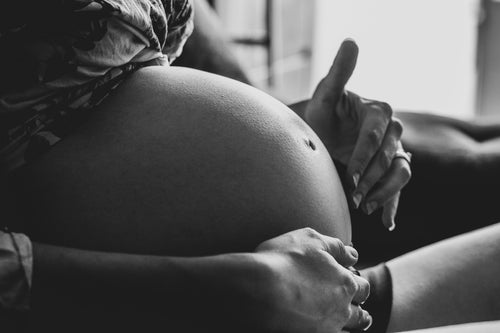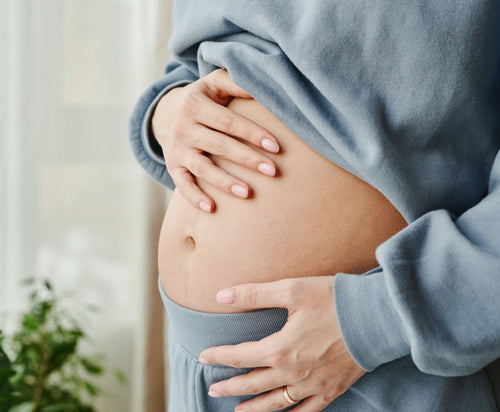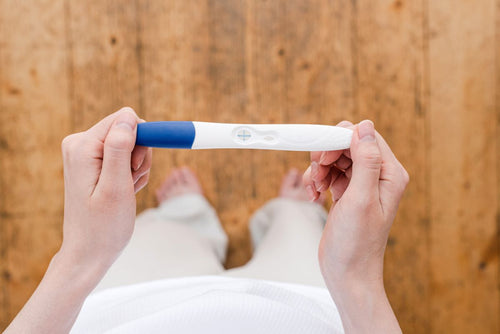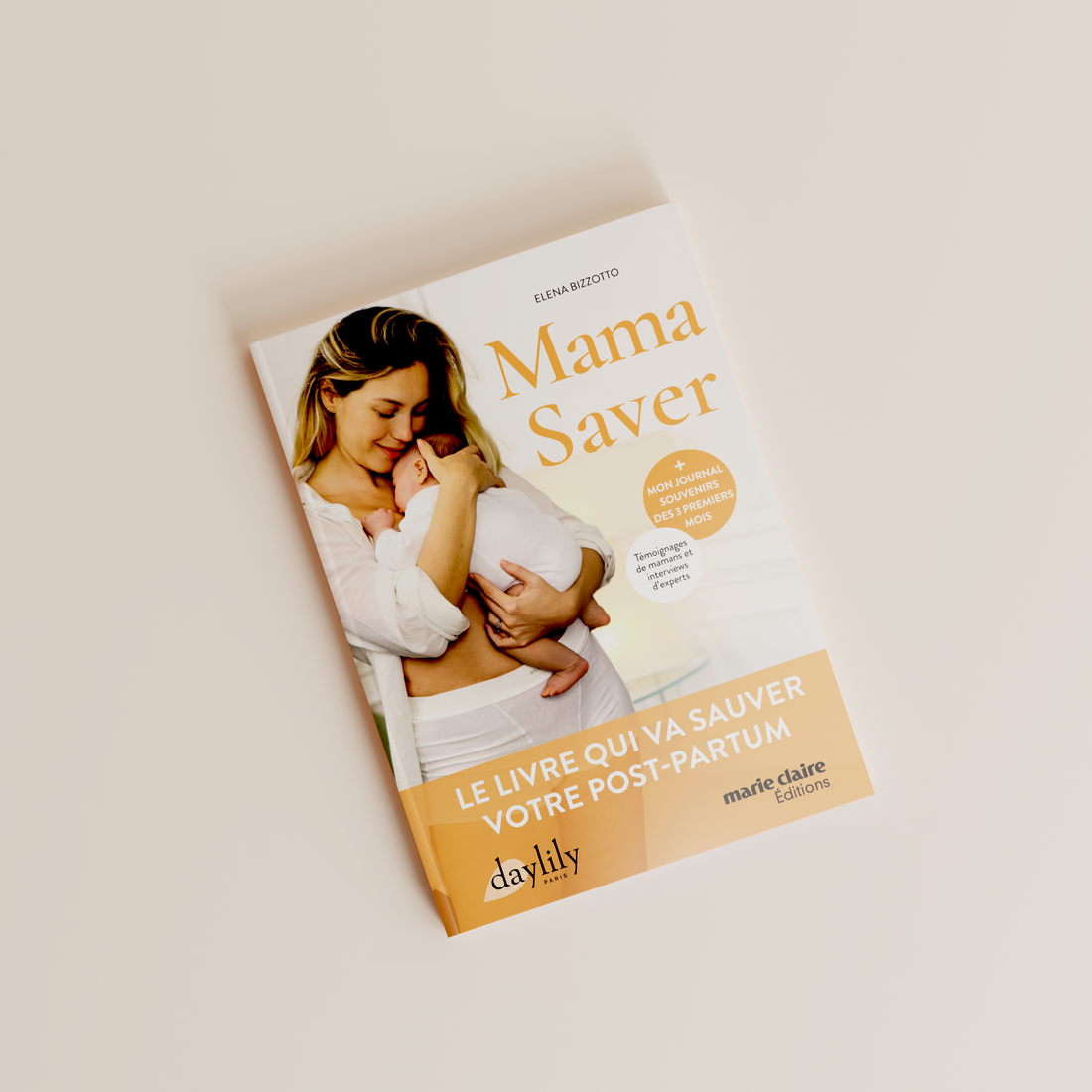Daylily Paris is a brand of clean, sensory and effective skincare products, made in France and 100% compatible with pregnancy and breastfeeding. We are also committed to sharing quality information for informed and uninhibited motherhood. 🧡
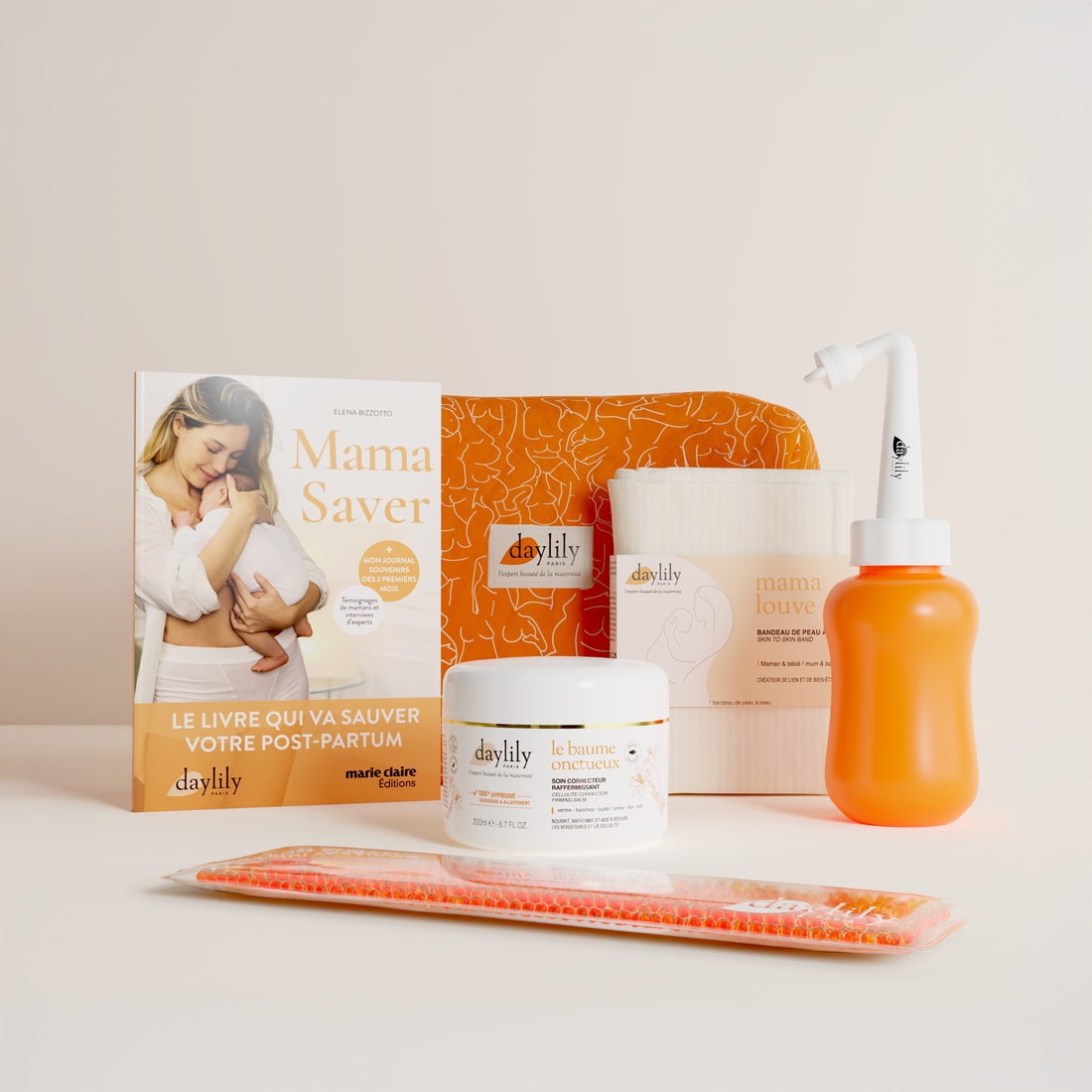

- Regular price
-
99,00 € - Regular price
-
165,80 € - Sale price
-
99,00 €
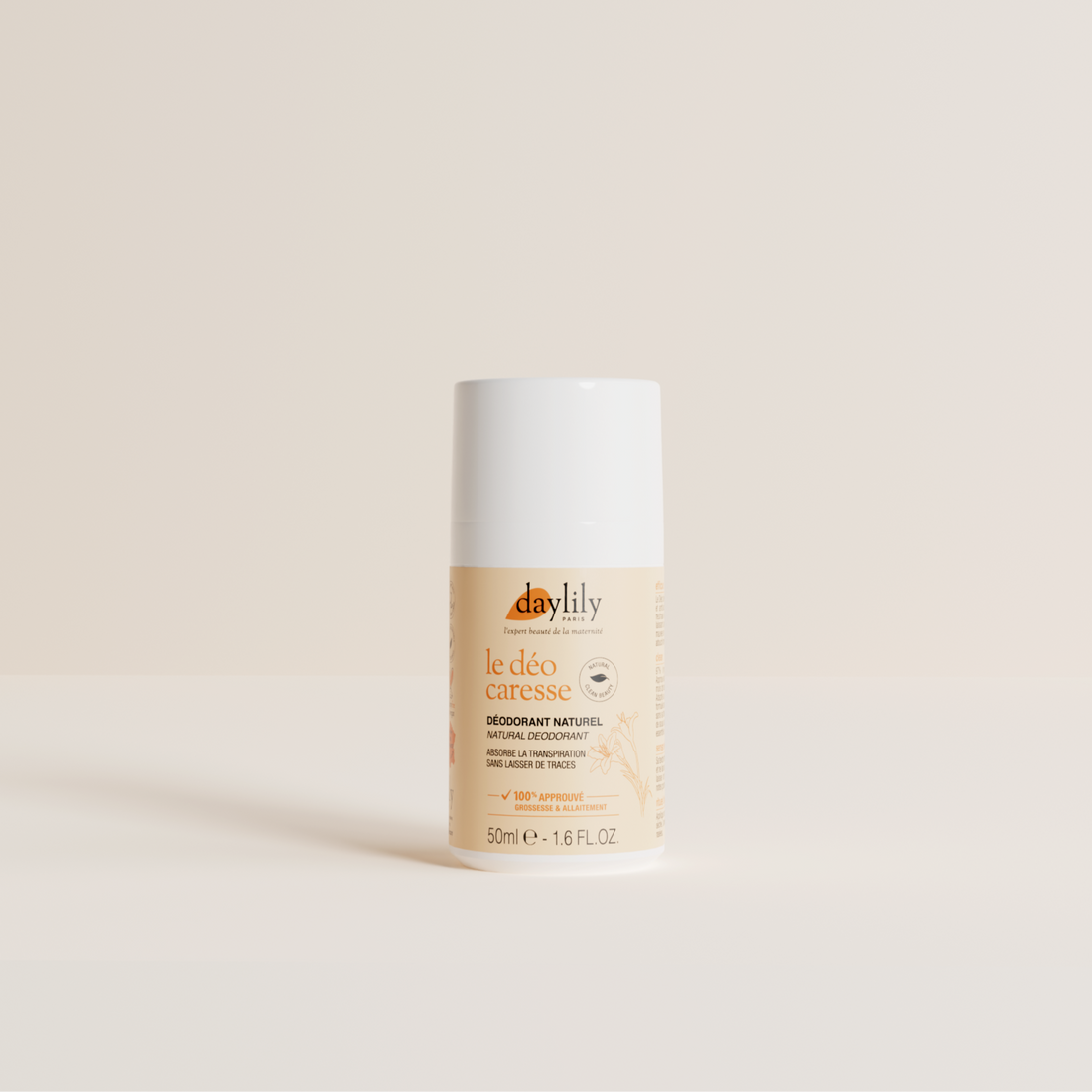

- Regular price
-
9,90 € - Regular price
-
- Sale price
-
9,90 €
- What is haptonomy?
- What happens during a session ?
- What are the benefits before and during childbirth?
- What are the benefits after pregnancy?
What is haptonomy?
Haptonomy is one of the methods of preparing for childbirth that are on the rise. And for good reason: if the main preparations are mainly focused on the pregnant woman, who is taught to relax and manage pain, haptonomy makes it possible to create a real bond between the future mother, father and baby. ! It is in fact practiced in a “trio”, to the delight of your partner who will play an essential role alongside you… It differs from other methods because it is part of the longer term . It offers future parents the opportunity to better understand parental life with their child . This method focuses on the fetus and its welcome into our world .
The term haptonomy comes from the Greek “hapto”, which means touch, and “nomos”, “that which is established in sharing”. Haptonomy is often referred to as the science of affectivity.
This touch-based childbirth preparation technique was developed by Dutch doctor Frans Veldman. In the 1980s, he created the International Center for Research and Development of Haptonomy (CRIDH) which bears his name. This center aims to teach prenatal haptonomy techniques, it also lists certified professionals who can support you in your learning. If haptonomic preparation was still confidential a few years ago, it is developing more and more in the maternity environment for the well-being of future parents!
What happens during a session ?
The method allows you to build bonds, pregnant with the baby in utero , using caresses and contact around the mother's belly. In fact, from the fourth month, you start to feel your baby moving. The fetus senses the movement of your hands and reacts to it by nuzzling or nudging. Your emotional caresses can be accompanied by sweet words.
You will learn different gestures as your training progresses. The practitioner will first help you establish contact with the fetus: the famous caresses, which you and your husband will learn to give. Light pressure, which the baby perceives, is exerted with the hands on the pregnant woman's stomach. We are not trying to “press”: the gestures are gentle, like a caress or a light massage. You will have to practice at home to establish a true connection with this little being growing inside you!
You will also learn how to relieve tension: the more baby grows, the more you may feel pain in the lower abdomen, in the back... and certain gestures will help you refocus your baby slightly to alleviate this tension. Finally, you will work on pain management in preparation for childbirth. Haptonomy is also a technique of choice for future mothers who do not want an epidural.
Haptonomy sessions are practiced as a couple for future parents, alone with a midwife in order to preserve the intimacy of this precious moment with your little one to be born. 3-way communication develops and builds little by little. Deep bonds are forged through the signs of love that baby receives in his mother's body. For single mothers, it is advisable to go to the sessions with a close third party (a family member, a friend, etc.), someone who will accompany you during the birth. His presence will help and benefit you.

Although most of the time learning this technique begins in the second trimester, it is possible to start haptonomy from the start of pregnancy. Even if the baby's reactions only really begin in the fourth month, it is important for both parents and especially for the father to immerse himself in his future role as a parent and create the bond as early as possible. It can also relieve the mother to be accompanied from the start. Some fathers or partners take longer than the mother-to-be to realize the new role that awaits them and to become aware of this little being who is growing since they do not feel the pregnancy physically, in their body. Haptonomy includes them and provides them with real support in their future parenthood . They merge with baby and mother from the first months; and take their place in their family.
Starting haptonomy sessions early also helps relax the uterus and organs, while giving the fetus the necessary space so that it can develop fully. In the case of a complicated pregnancy journey, professionals recommend that pregnant women start at the beginning of the pregnancy, for example at the time of IVF to relieve, remove tension and promote the chances of success.
Are you discovering the concept a little late, and you are wondering if you can start around 7 or 8 months of pregnancy? This is entirely possible, and even if you won't have time to go through the haptonomic techniques and practice extensively before the big day, two or three sessions will always be beneficial!
Each session lasts between 40 minutes and an hour, and they are spaced two to three weeks apart to allow you to practice your knowledge at home. Social security reimburses you for 8 sessions (provided that they are provided by midwives ) but be careful of excess fees.
Not all maternity wards offer pregnancy support and haptonomic deliveries. You must therefore find out when registering. Otherwise, you can always learn the techniques from certified haptotherapists, who practice in private practices. Use word of mouth because it is essential to feel comfortable with your practitioner.
What are the benefits before and during childbirth?
The benefits of haptonomy are numerous. By establishing a strong relationship, whether through skin contact, touch or speech, the fetus develops a feeling of security, which will allow it to better experience the transition to the outside world and, subsequently, to have better emotional balance .
This emotional method of preparation for childbirth promotes the correct positioning of the fetus in the uterus . Practicing emotional touch in the labor room facilitates the birth of the child. Contractions will also be less painful. This better pain management partly explains the increasing use of this technique. Mothers accompanied by haptonomy most of the time choose to give birth without an epidural. Haptonomy is also very beneficial for contractile uteruses .

Another positive point: this technique offers the future baby the opportunity to get to know his father or the other children of his siblings, who are not lucky enough to have a relationship as close as the mother with the unborn child. The father also learns how to better support and secure his partner in the labor room: the dad becomes an actor in the birth and develops real affection with his partner and his child. Magical, no?
What are the benefits after pregnancy?
Many testimonies claim that parents who have opted for haptonomy during pregnancy have the feeling of having more alert children. Doctor Catherine Dolto, pediatrician, recalls that babies lulled by haptonomy are more smiling and more confident. “Hapto babies” are more toned, they hold their heads up on their own more quickly. Haptonomy has had a real positive impact on their growth. They become very reactive and have a great need to be stimulated. They are not passive towards their environment and make a lot of demands on those around them.
Good to know: As a young mother, you can continue the haptonomic practice. It is in fact recommended to carry out one or two sessions again after leaving the maternity ward to facilitate the transition between life in utero and the “real life” of the newborn and to maintain this bond so strong forged during pregnancy.

































